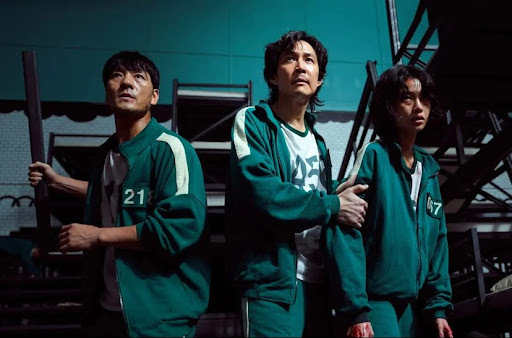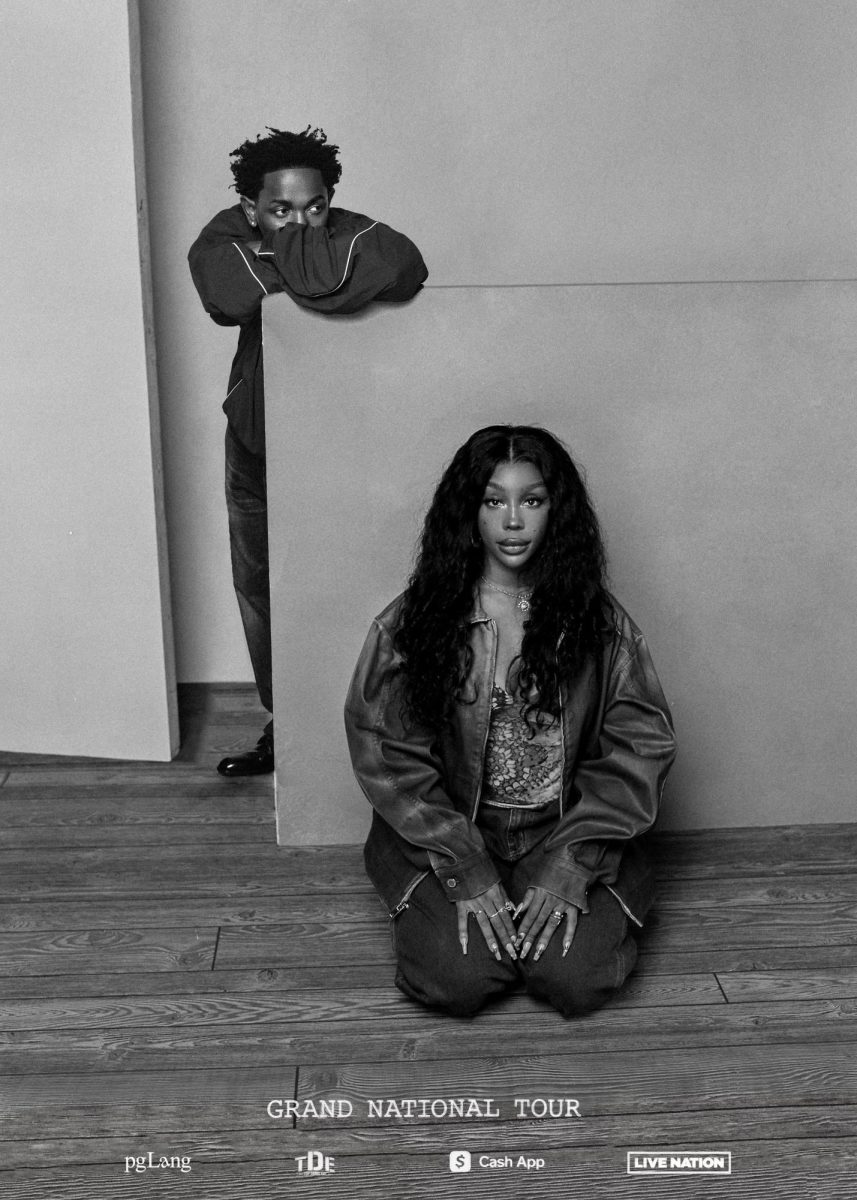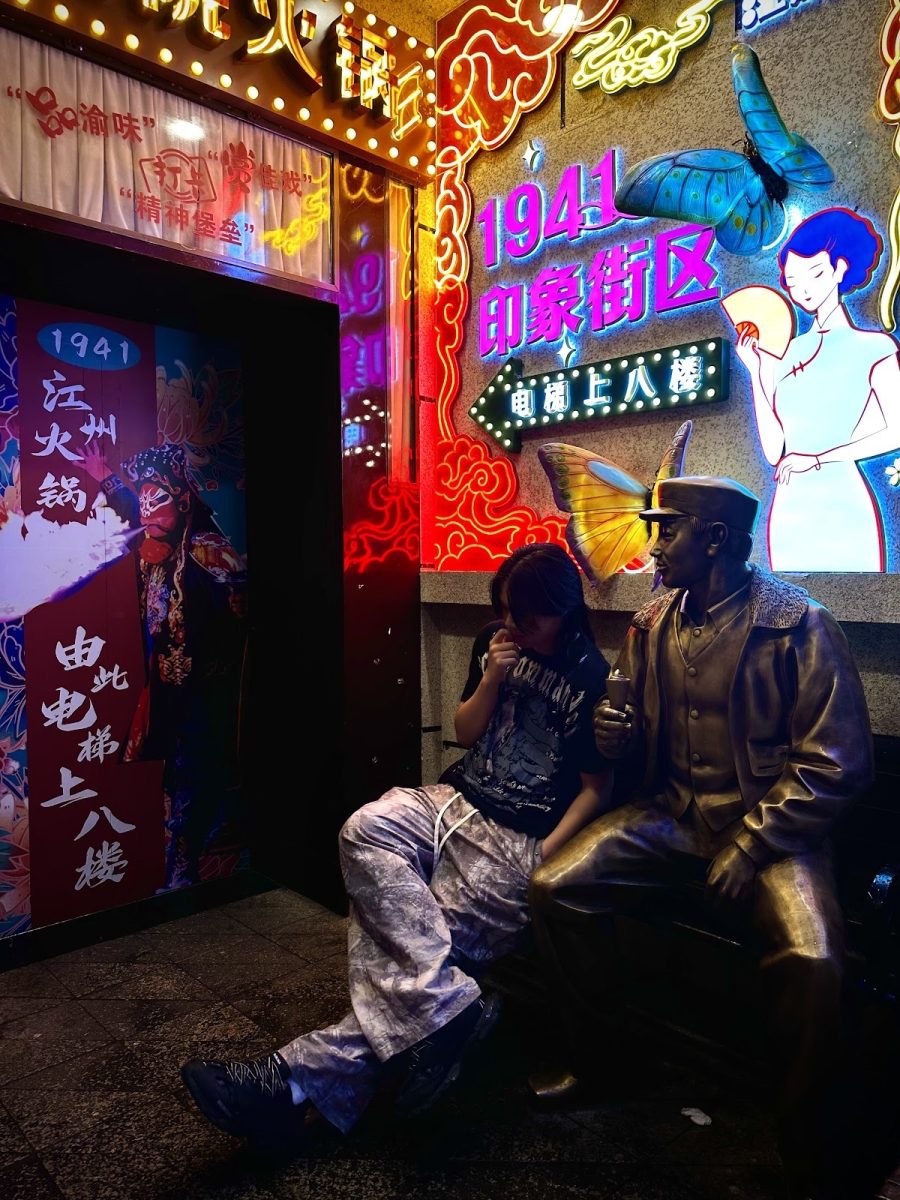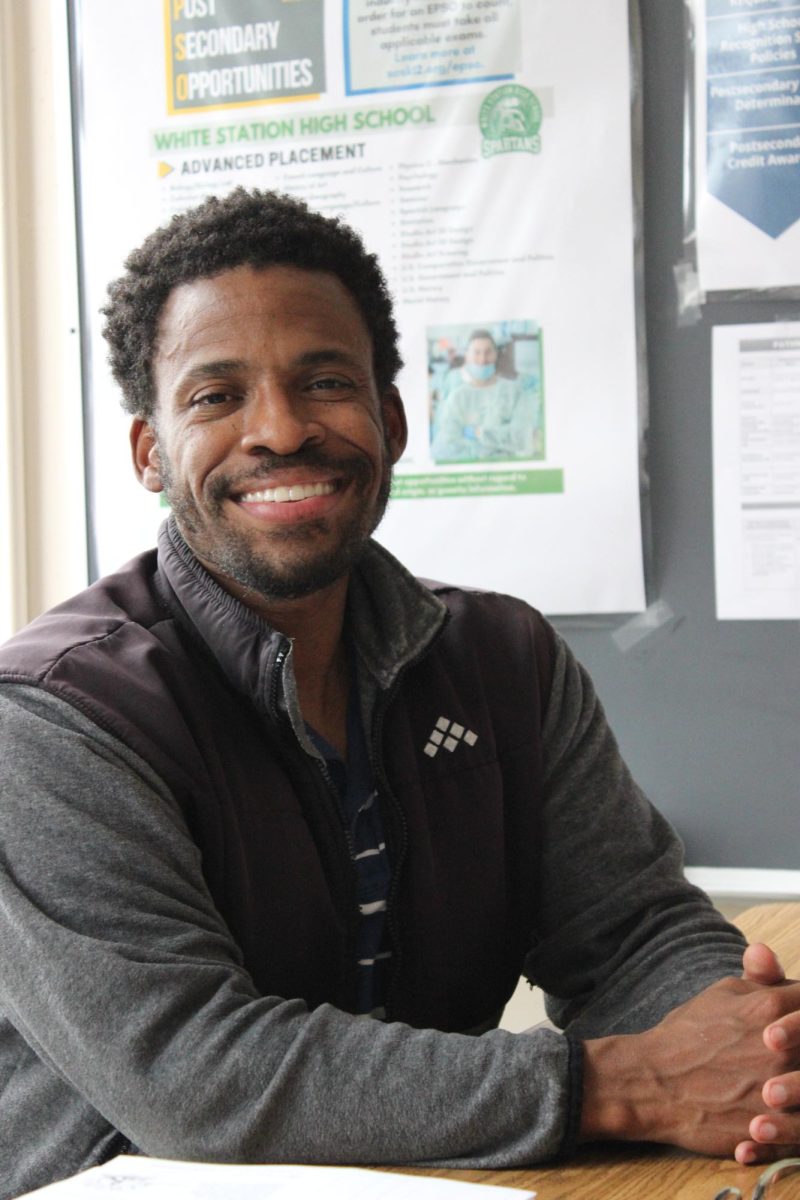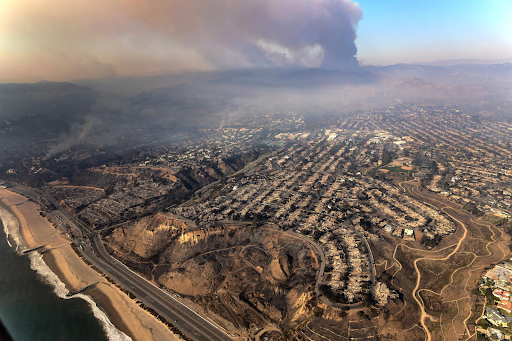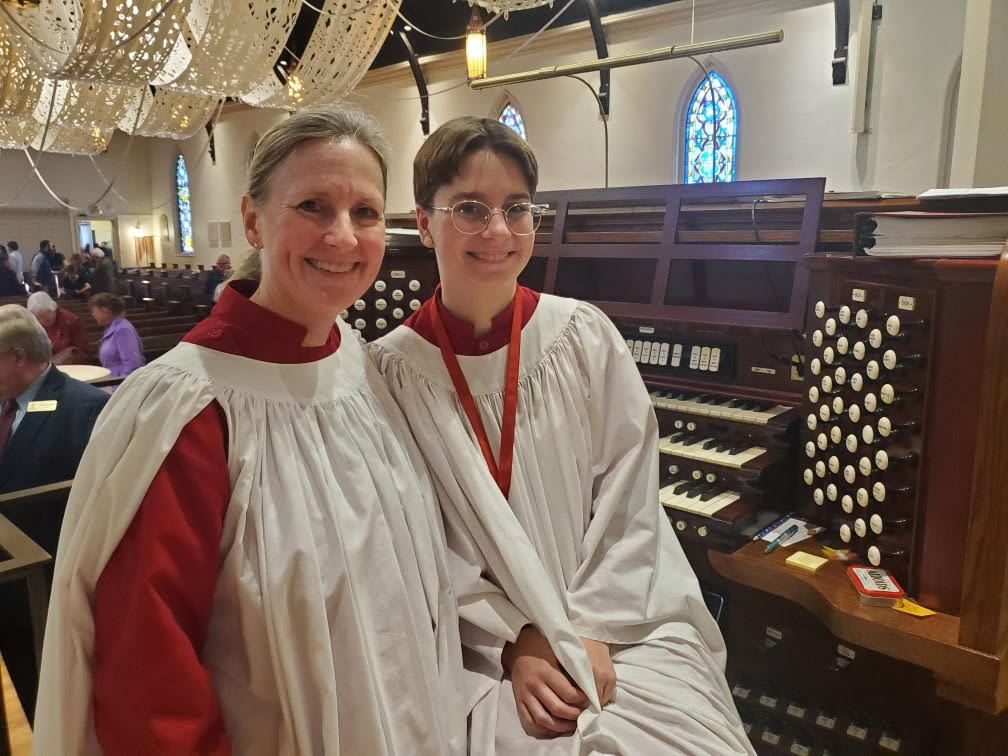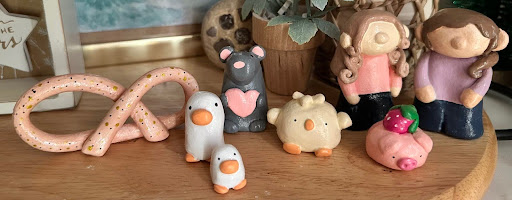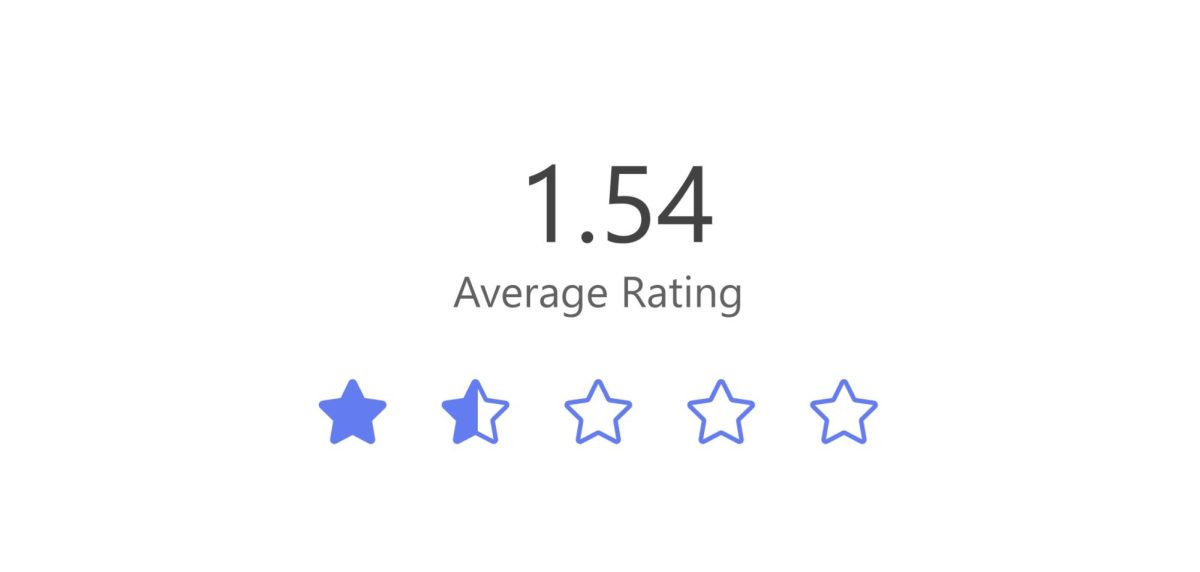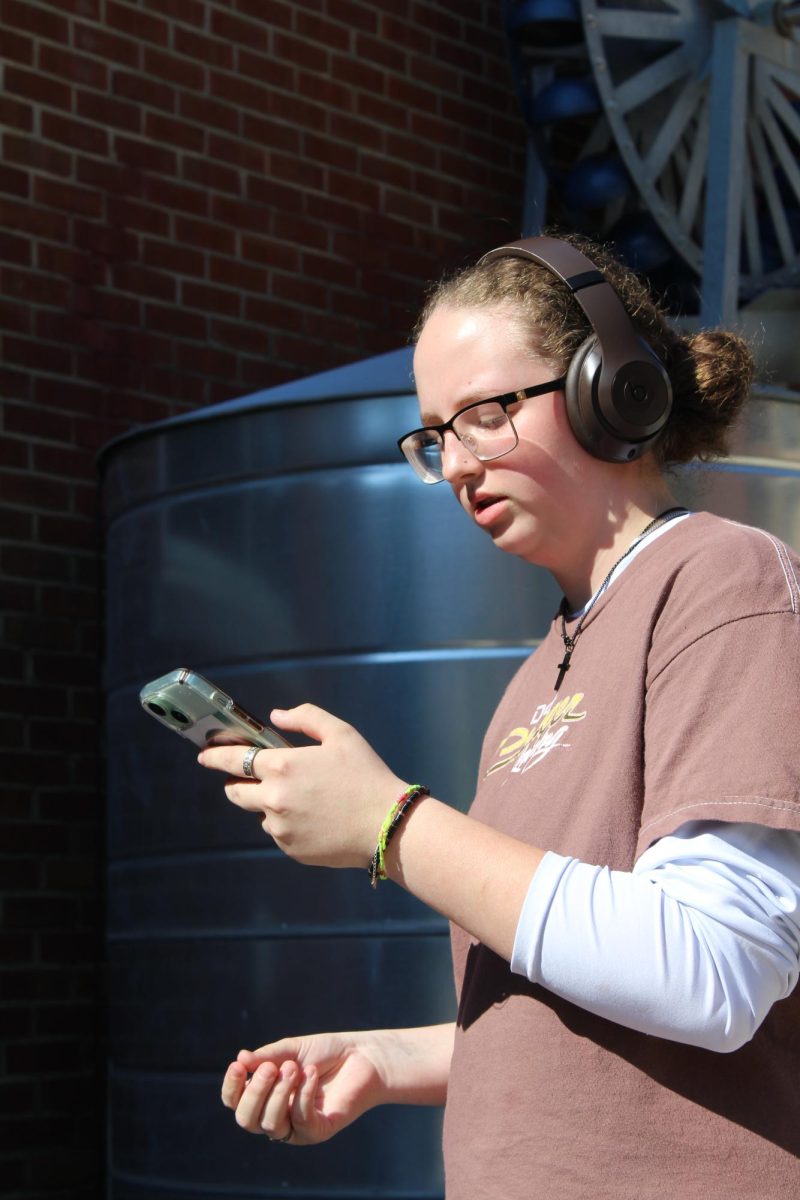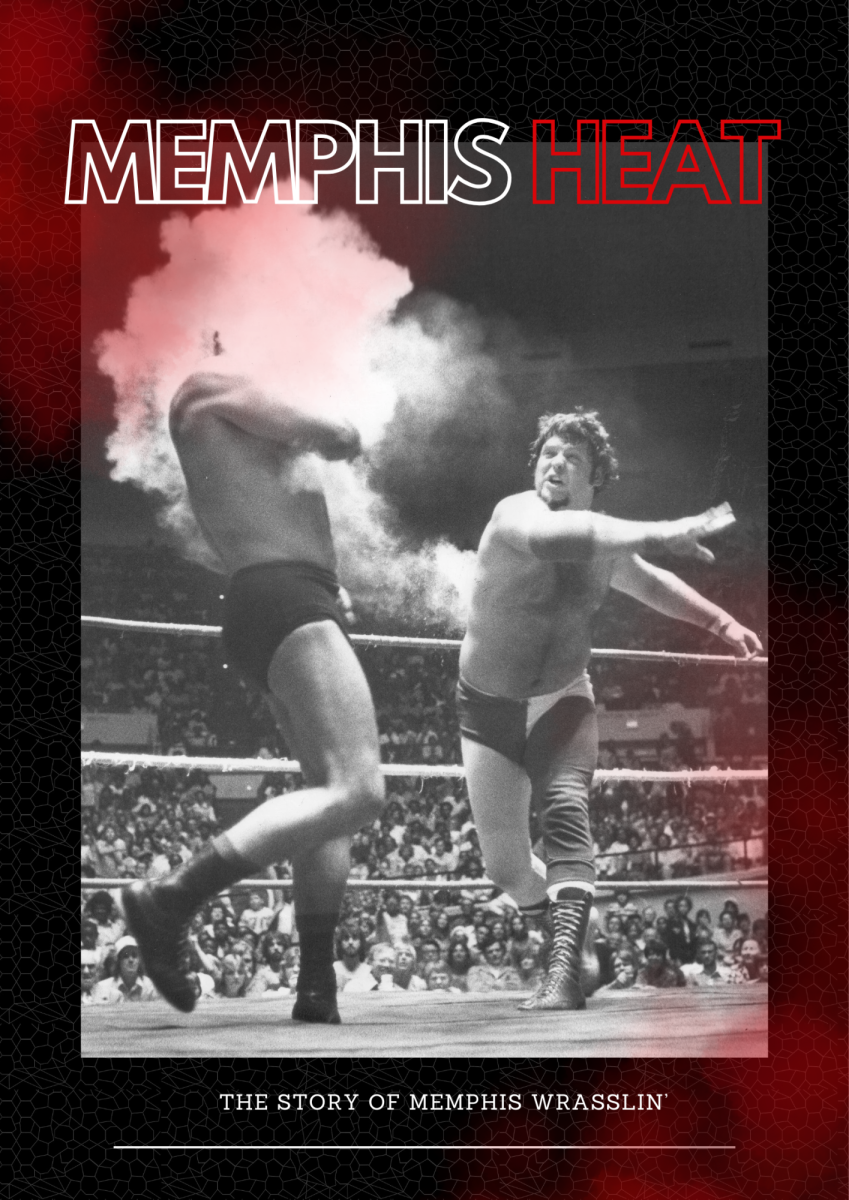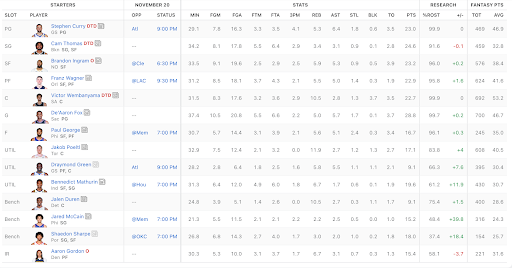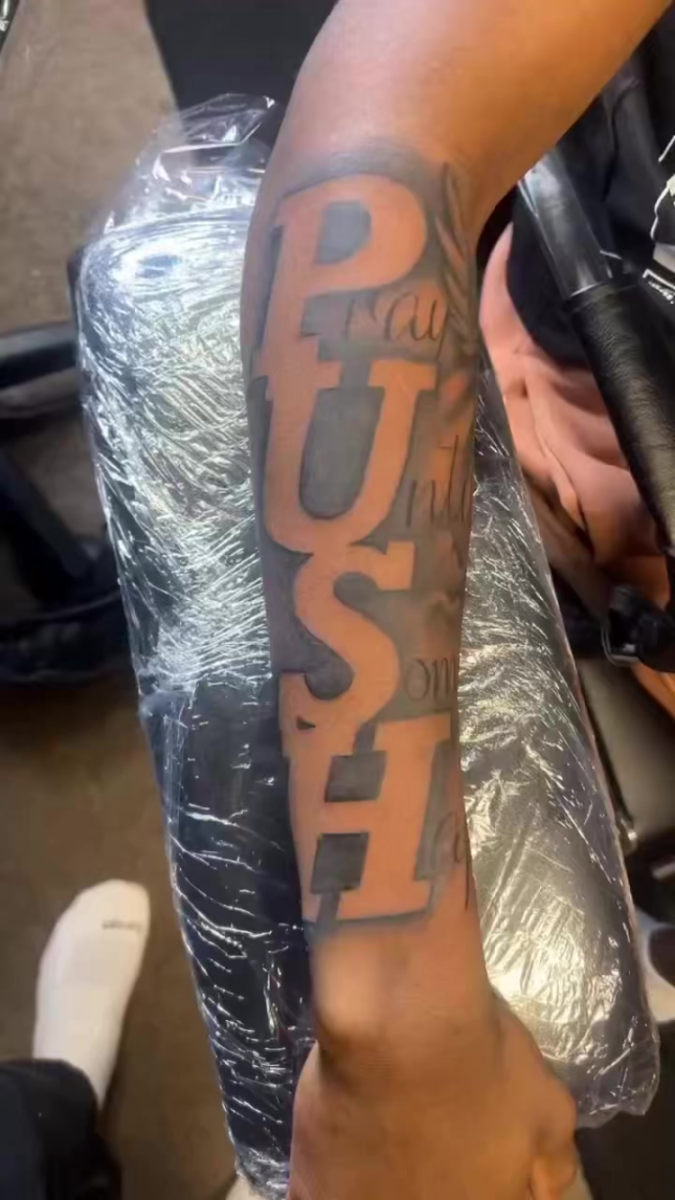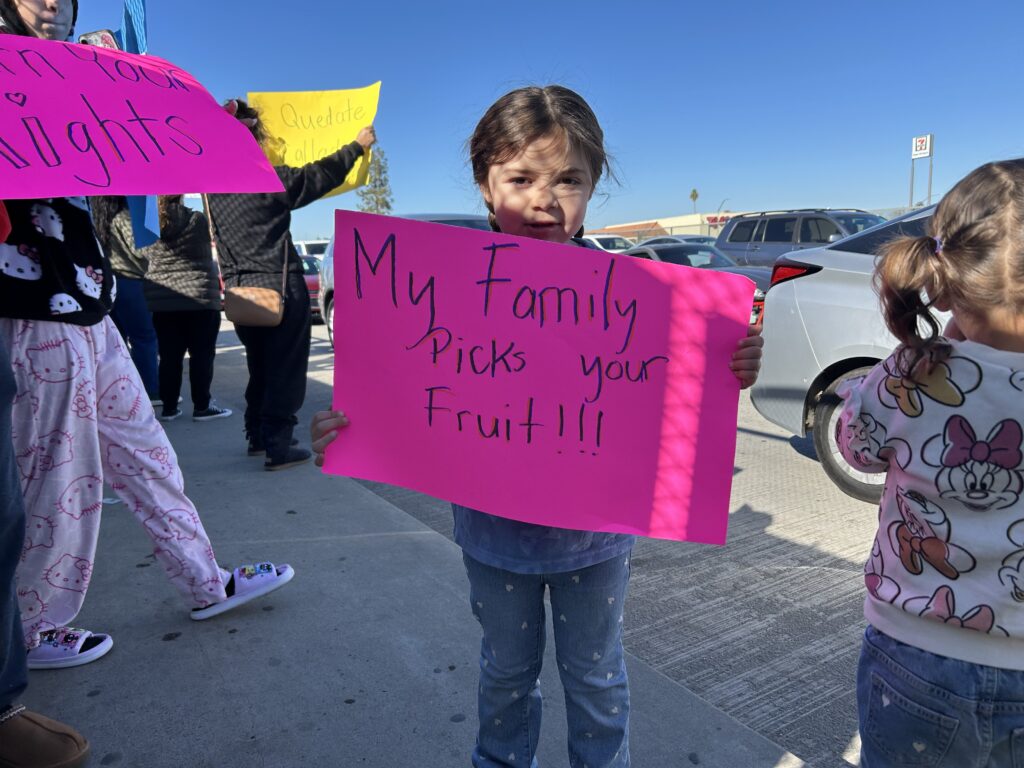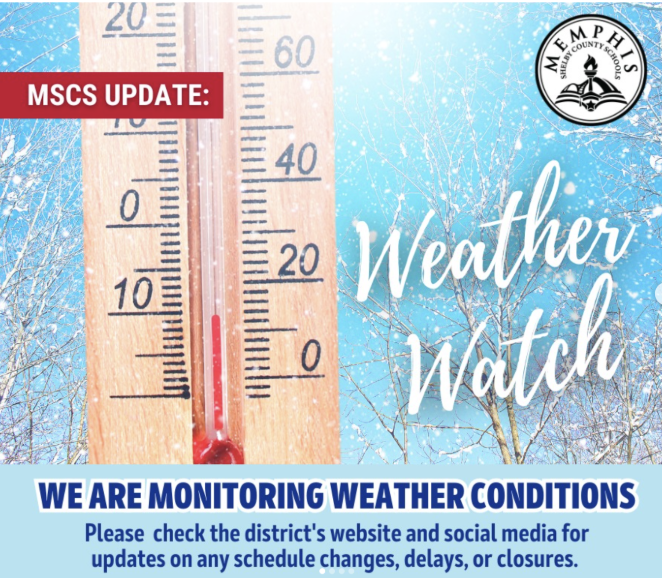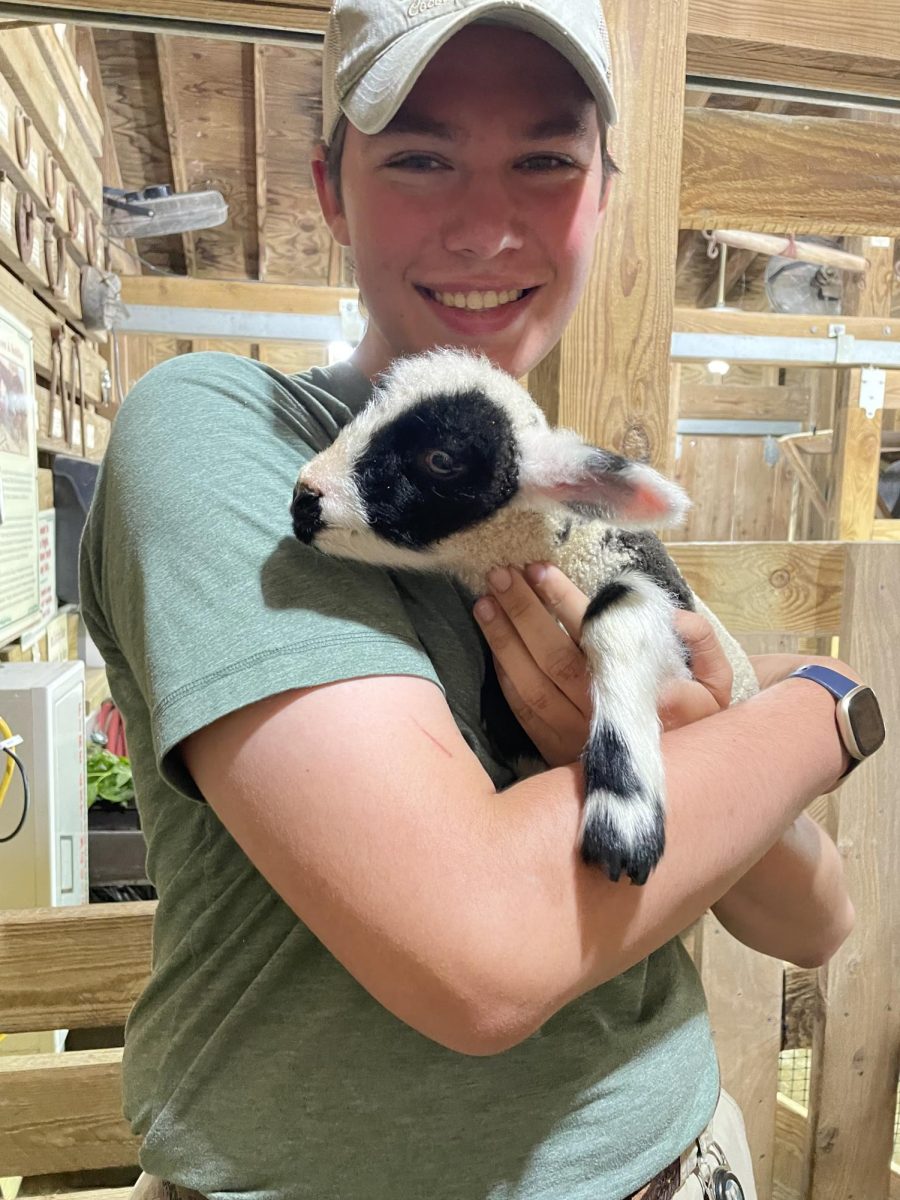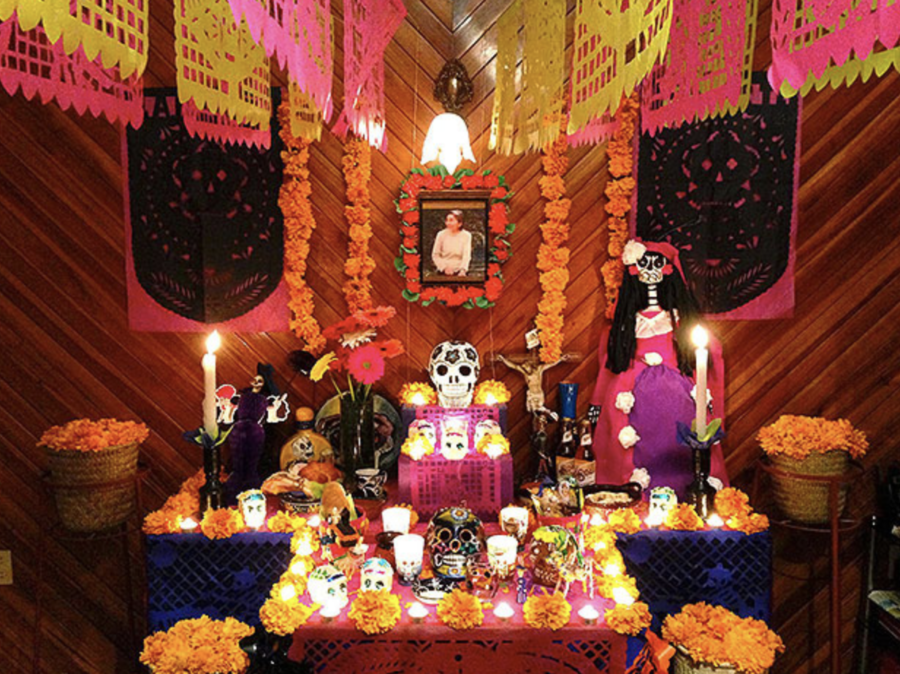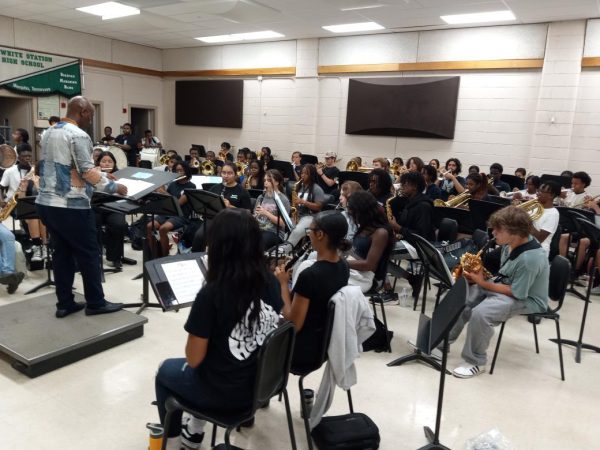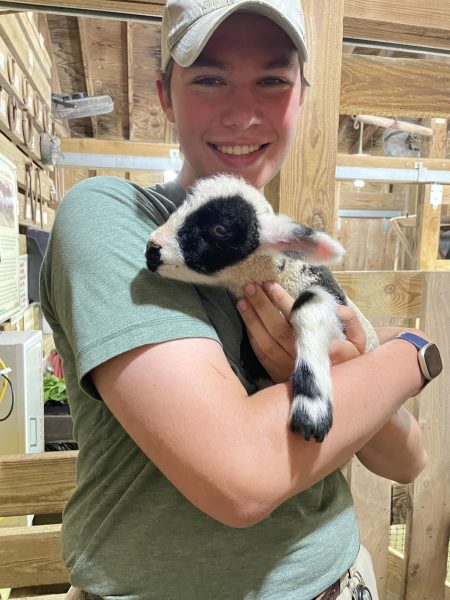What to know about the Day of the Dead
Matt Kettman//Santa Barbara Independent
Ofrendas are offerings made to the dead by friends and family. A collection of items are placed on a ritualistic display to welcome the dead to join in celebration.
Spooky season is in, and it brings more than just Halloween. Not to be mistaken for the holiday of costumes and candy, El Día de los Muertos, or the Day of the Dead, is a Mexican holiday meant to commemorate the dead. The celebration begins on Oct. 31 and continues to Nov. 2.
For these three days, people of Mexican heritage everywhere gather with their friends and family to remember those who have passed. Unlike the Halloween tradition of trick-or-treating, Día de los Muertos traditions carry a more emotional meaning: honoring their loved ones. For example, families usually make offerings to their deceased loved ones called ofrendas, decorate altars for each person and make sugar skulls.
Although to some, this holiday may seem like a load of unnecessary sadness, dredging up the past or reliving old sorrows, the purpose of Día de los Muertos is not to incite misery but to invite healing.
“Day of the Dead definitely creates a better stigma of passing away instead of being afraid of it,” White Station student Lupe Rodriguez (12) said, referring to how this holiday can teach people to view the passing of life as bittersweet instead of solely bitter.
While Rodriguez and her immediate family may not actively partake in the traditional celebration of Día de los Muertos, Rodriguez recognizes the importance with which her family in Mexico regards this time.
“Instead of death taunting you, you taunt it,” she said.
Regardless of who, when or how, Día de los Muertos provides a moment for people to feel loss while appreciating life.
Your donation will support the student journalists of White Station High School. Your contribution will allow us to purchase equipment and cover our annual website hosting costs.



